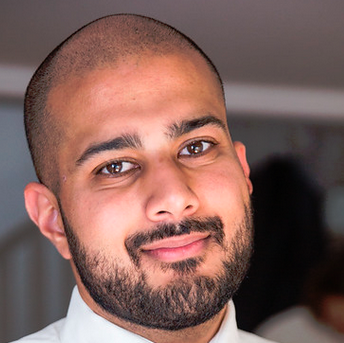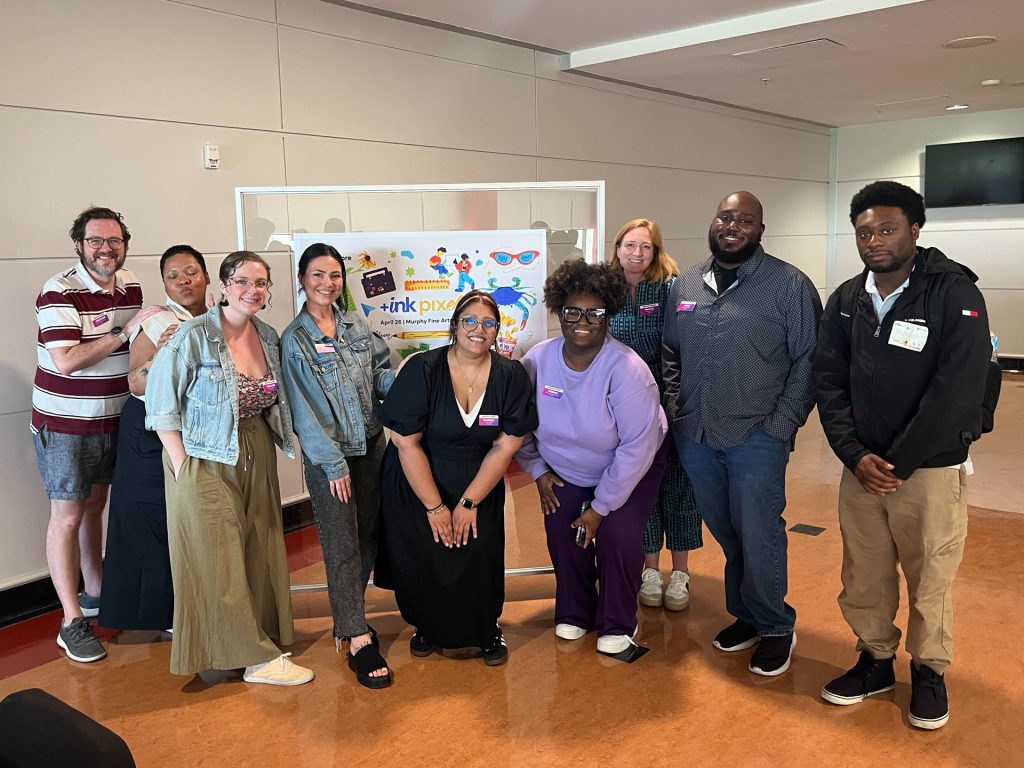What I learned about being a creative, after breaking through 30 years of stifled creativity
“I suck at art.”
I can’t remember the exact age when that thought crystallized in my head, probably around first or second grade. It was a toxic seed that I unwittingly planted in myself. As I grew, so did that seed. Until it completely cut me off from the creative instinct inside of me. Luckily, that drive to create always bubbled right beneath the surface, and after several decades of my life I have been able to reconnect with something that I thought I lost long ago.
Nobody is born a talented artist; every child produces some level of messy scribble when they first try to draw or paint or create anything from their imagination. But I felt like my scrawl was especially bad. Maybe I just lacked the fine motor skills. I couldn’t keep my coloring inside the lines, and I certainly couldn’t recreate any person, animal or object. I was hopeless.
I have this one distinct memory where I had a full spectrum of crayons in front of me, but for some reason chose to use my pencil to color a picture of a duck. “Why did you do that?” I remember the teacher asking… wondering why I had chosen pencil-gray instead of yellow or some other sensible duck color. I didn’t have a good answer for her. Maybe I preferred the sharp precision of the pencil. Maybe it was just what was closest to my reach. Whatever it was, I came away that day feeling like I had made the “wrong” choice creatively.
I came away that day feeling like I had made the “wrong” choice creatively.
There were many similar instances where I tried to express myself artistically and was left with disappointing results. Before long, other kids’ work began to outshine my own, and instead of striving to improve I just decided art was not for me.
Creative answers aren’t right or wrong
It took me many years to realize that it was my own belief system that caused me to give up on my artistic ability so early. The truth is that I couldn’t deal with the threat of criticism or ridicule. I couldn’t deal with making mistakes.
By comparison, it’s a lot easier to focus on learning something where the answers are concrete and unambiguous. There’s only one correct solution to a math problem, and I could learn how to repeat the same steps to arrive at that same answer every time.
But art, or any other creative pursuit, is not like that. The ‘solutions’ to any particular project can be infinite, which creates uncertainty that used to drive me crazy.
Before long, I had cut myself off from my inner creativity so much that I forgot that part of me ever existed. “I just don’t have any good ideas”, I’d tell myself. I admired others who were able to create inspired pieces of art, music, storytelling, but thought they had some magical source of inspiration that I somehow lacked.
Creativity, in the purest sense, cannot be taught or learned. However, it already exists naturally in every human being. What differs between us is the degree to which we self-criticize and suppress the ideas that are constantly being born within our minds. After a while, this suppression becomes second nature and we don’t even notice we’re doing it. All we’re left with is a blank slate when we try to access our mind for an original idea. This creative blockage comes from years of saying ‘no’ to all of the tangential and creative thinking that our brains naturally produce. When we set the bar too high for what constitutes a good idea, we close ourselves off to the source of all ideas.
This kind of flawed perfectionist thinking comes from childhood experiences. It’s not our fault, but it is our responsibility to correct if we want to reach our full potential. Many of us did not have the proper nourishment or encouragement to launch us into our best lives. Some of us were told directly that we did not have what it took, or that art was a dead-end path. For others, it might have been more subtle than that. Maybe we just weren’t in an environment where we felt like it was ok to make mistakes, and where we learned the important lesson that failure was the path to growth.
It took me until near middle-age to realize that the ‘safe’ path in my life was not safe at all. It was absolutely soul-crushing to work in a field I had no interest or passion in, just because I thought it was the most logical career path and the path that was expected of me by society, family, etc.
‘Staying inside the lines’ career-wise was a defense mechanism that I thought would keep me safe from criticism… it didn’t. Even within the confined, predefined spaces of corporate life you will still make mistakes and have to stand behind them constantly. But at the core of it, I didn’t believe in any of that work in the first place. I felt completely incongruent and therefore lacked any power or conviction to be proud of what I did.
Here’s the good news…
I wasn’t that special. I can’t believe how liberating those words are. It seems so obvious now, but it took me over 30 years to realize that. I’d rather take the risk of being a creative with “no talent” than being stuck in a career focused on conformity and rigidity.
Perhaps I wasn’t destined to be an illustrator or fine artist, but there are so many other mediums through which I can express myself to the world. And expressing myself authentically is non-negotiable. I cannot happily live my life without the opportunity to do so.
Creativity is in all of us.
It’s a combination of our life experience and a multitude of other intangible factors. It’s just a matter of the extent which we nurture that natural creative instinct. Creation is more of a process of getting out of your own way than trying to force ‘good ideas’.
My new path has been a series of these revelations. It has been a process of unburdening. Questioning my limiting beliefs about why I couldn’t succeed. Asking myself if I really do lack some fundamental ability that other, ‘real’ artists possess.
Ultimately, success as a creative professional comes from cultivating certainty.
When a client hires you to make creative decisions, you must back them up with certainty. You alone are the expert in whatever you do. If you were brought into a project in any role, you must believe that the client chose you because you are the best at what you do.
This kind of confidence and self-certainty doesn’t happen overnight, it takes time to build, but it can only come from within. You need to be comfortable making difficult creative decisions and being courageous enough to put your work out there even when you feel most vulnerable.
The biggest piece to all of this is just giving yourself permission.
If you don’t value the work you do, nobody else will.
It comes down to an inner choice, although ‘flipping the switch’ in your head to believe that you and your work are enough is much easier said than done.
It’s a lifelong journey, that never ends until you give up or decide to move onto to something else. There’s always room for improvement in terms of honing your craft and sharpening your skills. But in my experience, the biggest piece to all of this is just giving yourself permission. Believe that you are enough, right now. You are not an imposter, there is real value to what you do. If you can feel your heart calling you to do this work, then nobody can ever take that away from you.
Stay strong.
Never give up.
About the author:

Vaibhav Sharma
Vaibhav is an NJ native, who has called Baltimore home since 2013. He loves motion design, cooking, cats… and most of all, being a dad. Vaibhav is an introvert but loves to make new friends. Feel free to say ‘Hi!’ on Facebook, Dribbble, or in a comment below this article.
